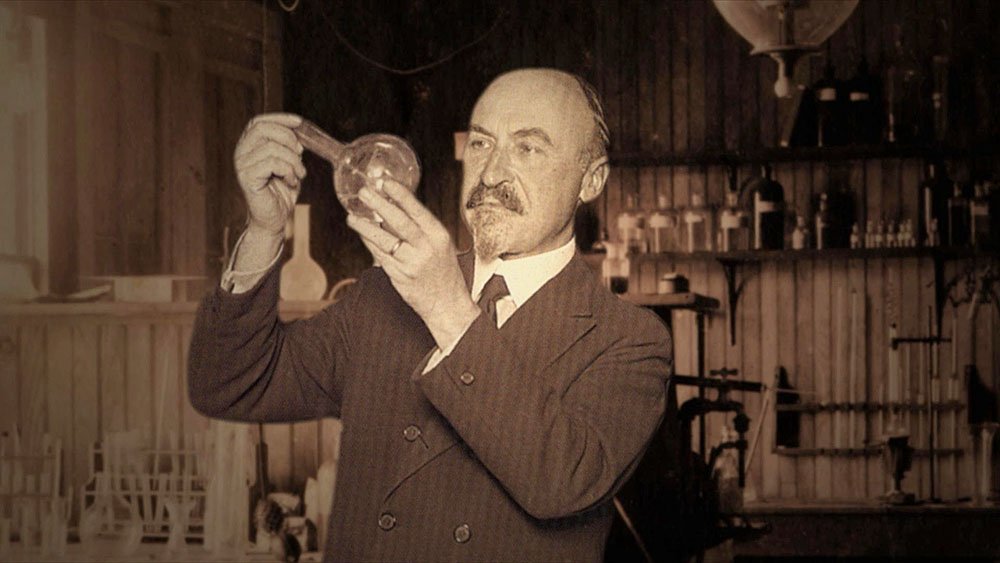Leo Baekeland immigrated to the United States from Europe and began his career as a photographer in New York City. He was also a talented scientist and inventor who invented the first commercially successful photographic paper, Velox, using his invention of photographic paper. Nepera, the corporation that Baekeland and his business partners owned, was sold for $750,000 to George Eastman of the Eastman Kodak Co. in 1899.
Baekeland was well-off and decided to do his studies in the privacy of his own house. Baekeland had promised to stop developing photography technology as part of the selling deal with Kodak, so he would have to find a new field of study. Like his Velox approach, Baekeland sought an issue that provided him with “the greatest opportunity for the fastest possible solutions.” According to Baekeland, he joined synthetic resins because he wanted to earn more money.
Chemists had recognized natural resins and fibers by the early 1900s, but efforts to recreate them in a laboratory environment had been a failure by that time. A thorough understanding of past research enabled Baekeland to conduct his experiments in an organized and well-documented way that carefully controlled and varied the impact of many variables such as temperature, pressure and phenol type and amount. Polyoxybenzylmethylenglycolanhydride synthesis provided Baekeland with the fulfillment of his hopes. Before being formed into a final shape, Bakelite is made from a mixture of resin and additives like wood and asbestos.
Science Museum Group’s exhibition of Baekeland’s work shows his impact on utilizing this fresh stuff. Baekeland’s procedure patent for manufacturing insoluble compounds of phenol and formaldehyde was submitted in July 1907 and awarded on Dec 7, 1909.

